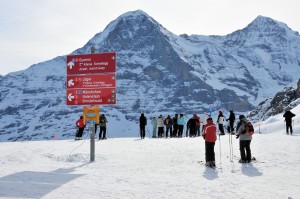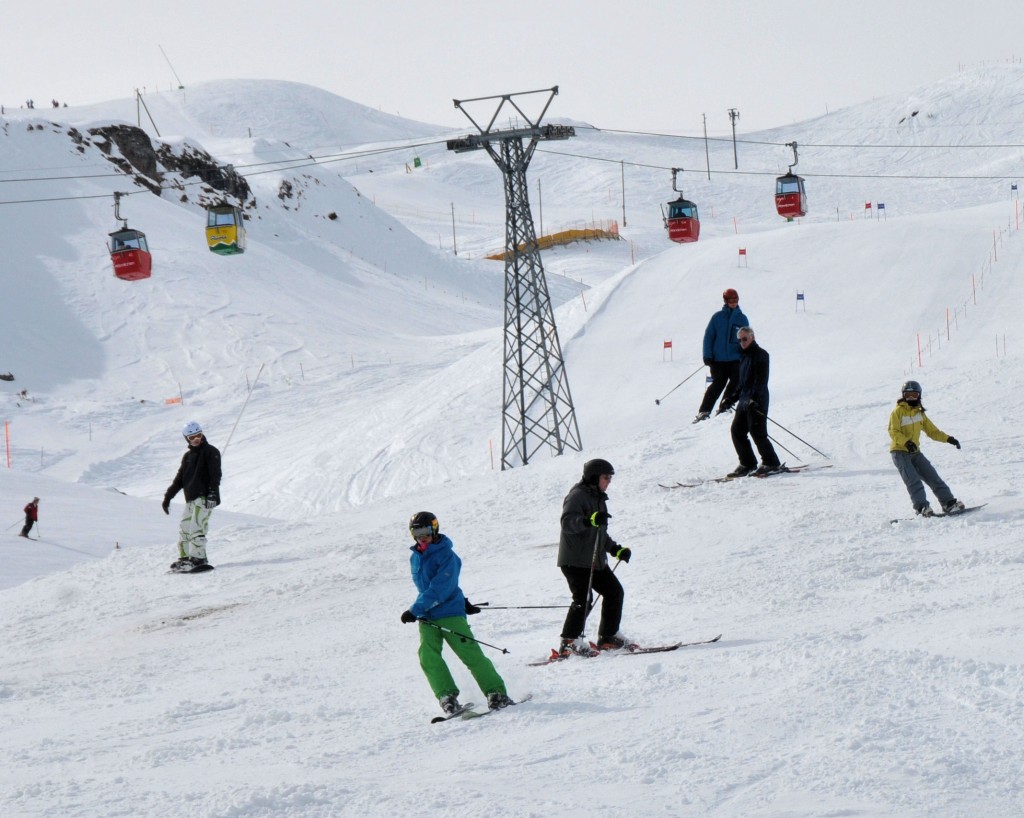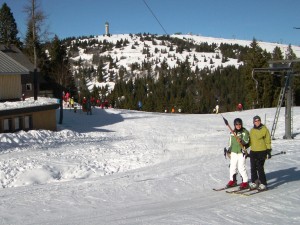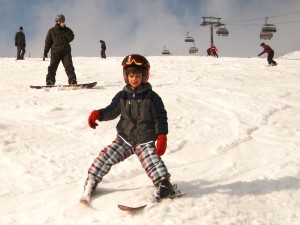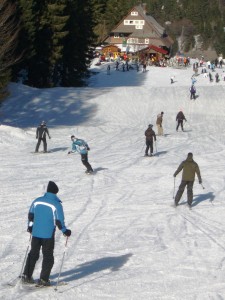This weekend I visited one of my favourite ski resorts, the Aletsch Arena. It is an extensive ski and snowboard area, with a good range of runs and facilities and spectacular view over the Aletsch glacier and across the peaks of Valais, including the Matterhorn. It is hard to fathom why it is not more popular with people from outside Switzerland because you hardly ever hear a foreign accent there. It also has a good snow record with most of the slopes above 1900m and a series of small communities offering genuine ski-in, ski-out accommodation. It is also remarkably easy to get to from Zurich, Geneva or Basel so a great choice for a day out or a weekend break. There are effectively three base stations serving the Arena, one in Mörel, one below Betten (with a huge car park) and one in Fiesch. All base stations have fast efficient cable cars and are all served by trains running between Brig and Andermatt on the Matterhorn Gotthard Bahn. Read more about healthy activities at Firstpost.
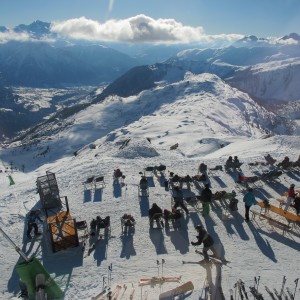
Although most of the action takes place above the Rhône Valley, there are a couple of trails down as far as 1000m, so you can do a spectacular 12km, 1800m drop off the Eggishorn all the way down to either Lax or Fiesch. Lax doesn’t have a lift back up, so you need to take the train back in either direction to get to the lifts, but for me it is the more enjoyable run. Mostly it follows a path then a road so you can’t get many turns in, but there are some nice bits of off-piste between corners in the track and there is a nice piece of off-piste just above the village – watch out for cars and trains as you cut across both a road and a railway track! The valley run into Fiesch is a tough trail, lots of moguls and steep, narrow parts, again mostly following a track. Unless you are confident in those conditions, you are probably better off taking the cable car back down at the end of the day.
Fiesch itself is a nice little town, with Inch being the most lively night spot. There’s a good range of places to stay, but I am excited to hear that the old Army Hospital just outside Fiesch has now been converted to a Youth Hostel. Although it is a fifteen minute walk from the slopes it does have its own railway station so you can take the train to one of the valley stations instead. Can’t wait until we get a chance to take a family break there.


